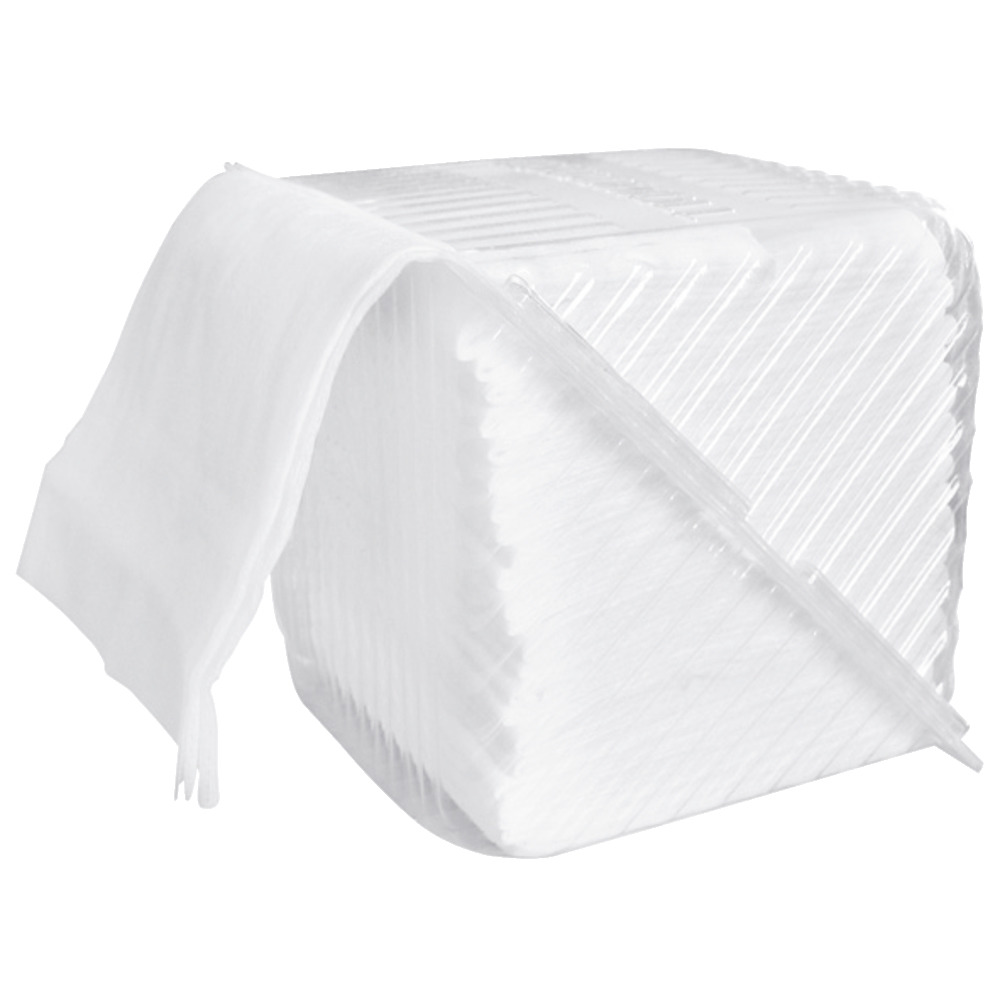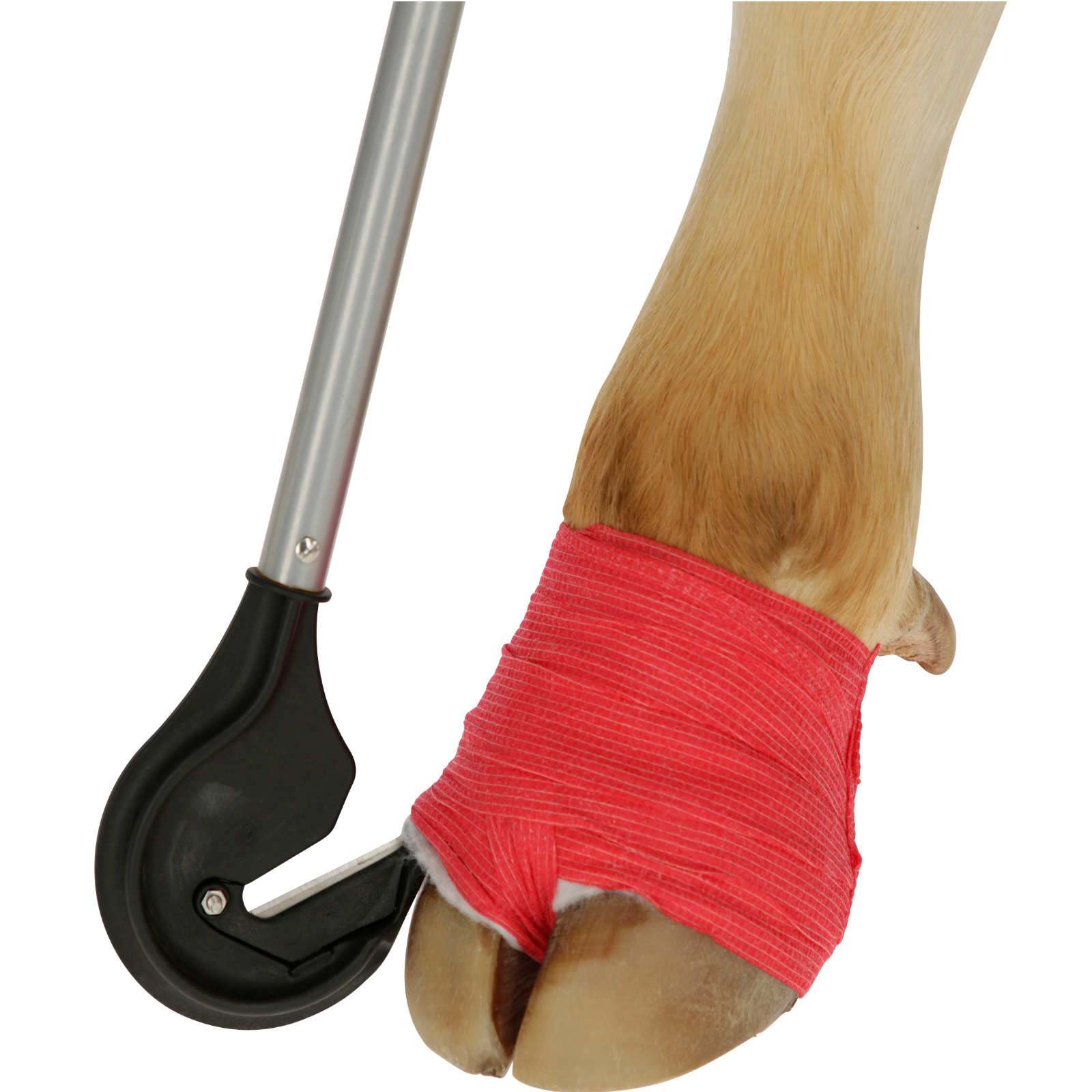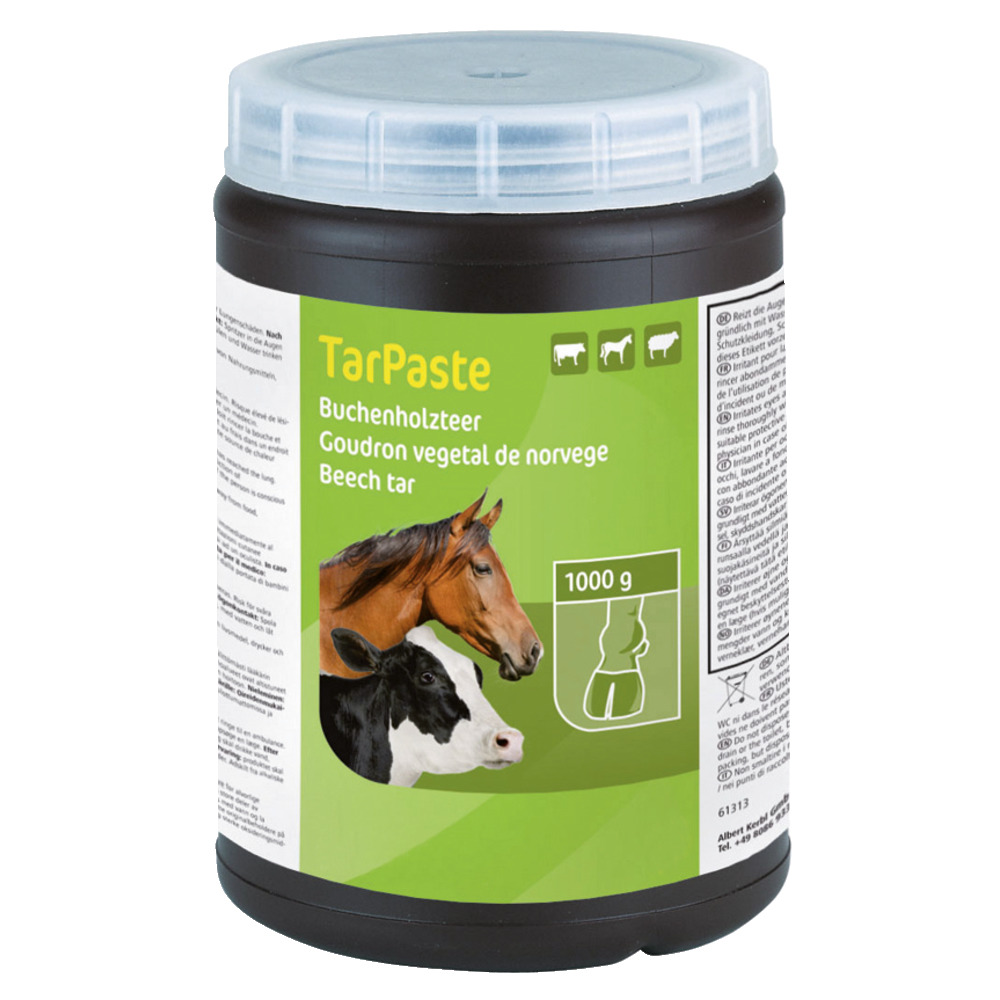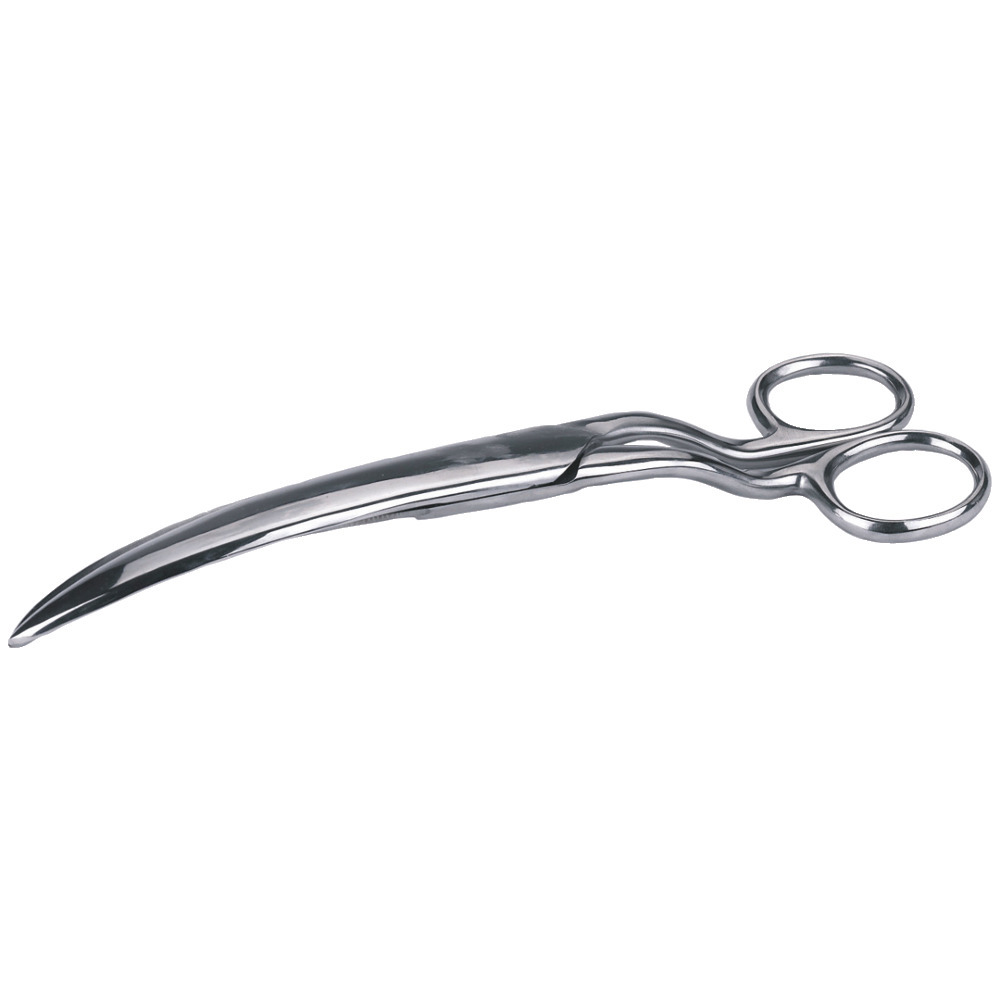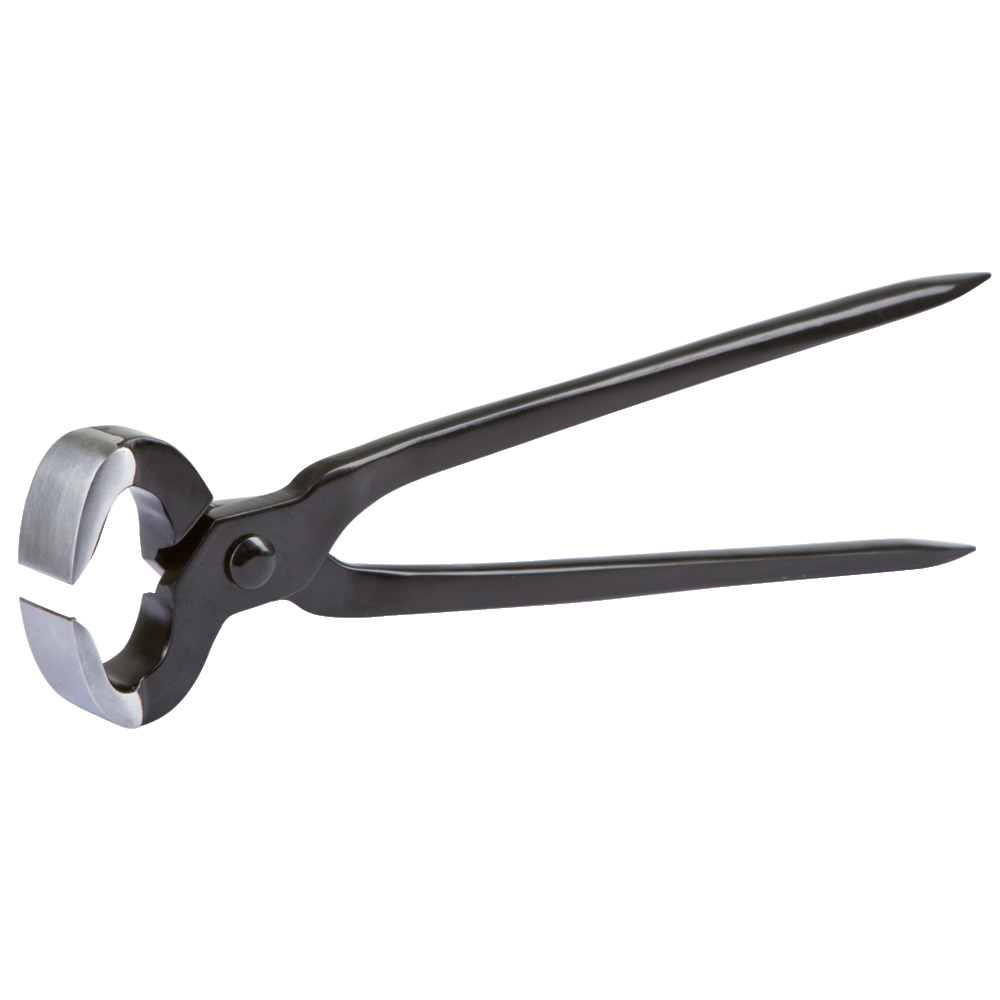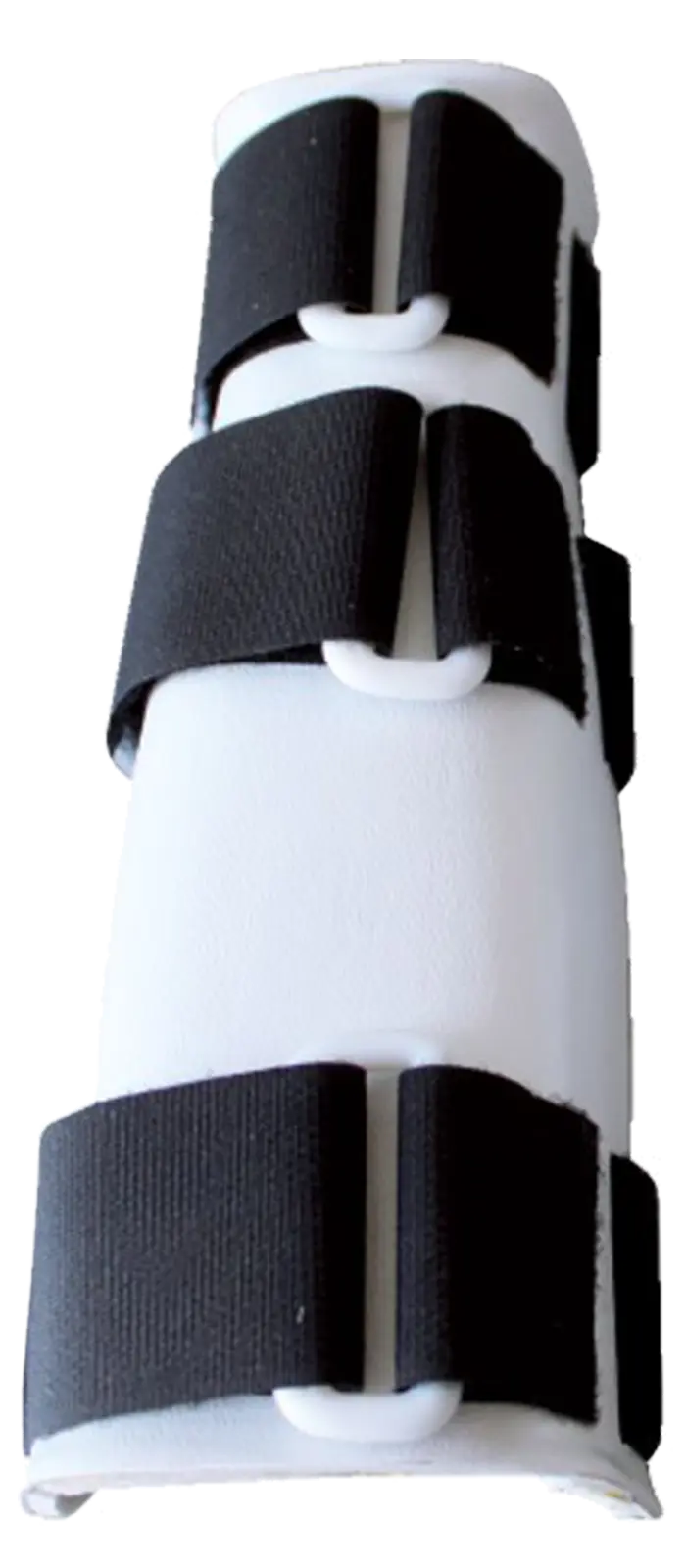16/01/2024
Claw health under control
Increase contribution margin with healthy hooves
Author: Franz Wolkersdorfer
Lame cows produce significantly lower milk yields and exhibit impaired fertility parameters. Depending on the severity of the lameness and the time of onset during lactation, the loss can amount to up to 870 kg of milk per lactation period. On average, the total costs per lame cow per year are between €130 and €600! As part of the "Efficient Cow" research project, data from 5,392 cows from 167 farms were used to evaluate the prevalence of lameness in Austria. Lameness assessments were conducted at every milk yield check for a period of one year. On average, approximately 50% of the cows experienced mild (gr.) lameness at least once during a lactation period. One-third of these lame cows exhibited severe lameness. These numbers need to be reduced both for animal welfare and from an economic perspective, as a maximum of 10% (ideally less than 5%) of lame cattle in a dairy herd is tolerable. Severe lameness should not occur at all, otherwise the income losses would be too high. Therefore, there is still considerable potential for improvement and thus savings.
Costly consequences
Lameness is often underestimated, and intervention is often only initiated at an advanced stage, i.e., the cow has been visiting the feed table less frequently for some time to avoid unnecessary steps or fights within the herd. This leads to weight loss and, moreover, to lower milk yield. What goes unnoticed is that painful claw diseases, especially when they occur in early lactation, subsequently lead to poor fertility and a significantly longer calving interval. In the worst case, this can even lead to early slaughter of the cow, resulting in additional costs for replacement. Claw diseases are the third most common reason for early culling after fertility problems and udder diseases. In addition, farmers spend more time managing and treating lame cattle.
You can find all products on this topic here: Hoof care
Our offer
Content: 50 m (€0.26* / 1 m)
Content: 5 kg (€4.58* / 1 kg)

